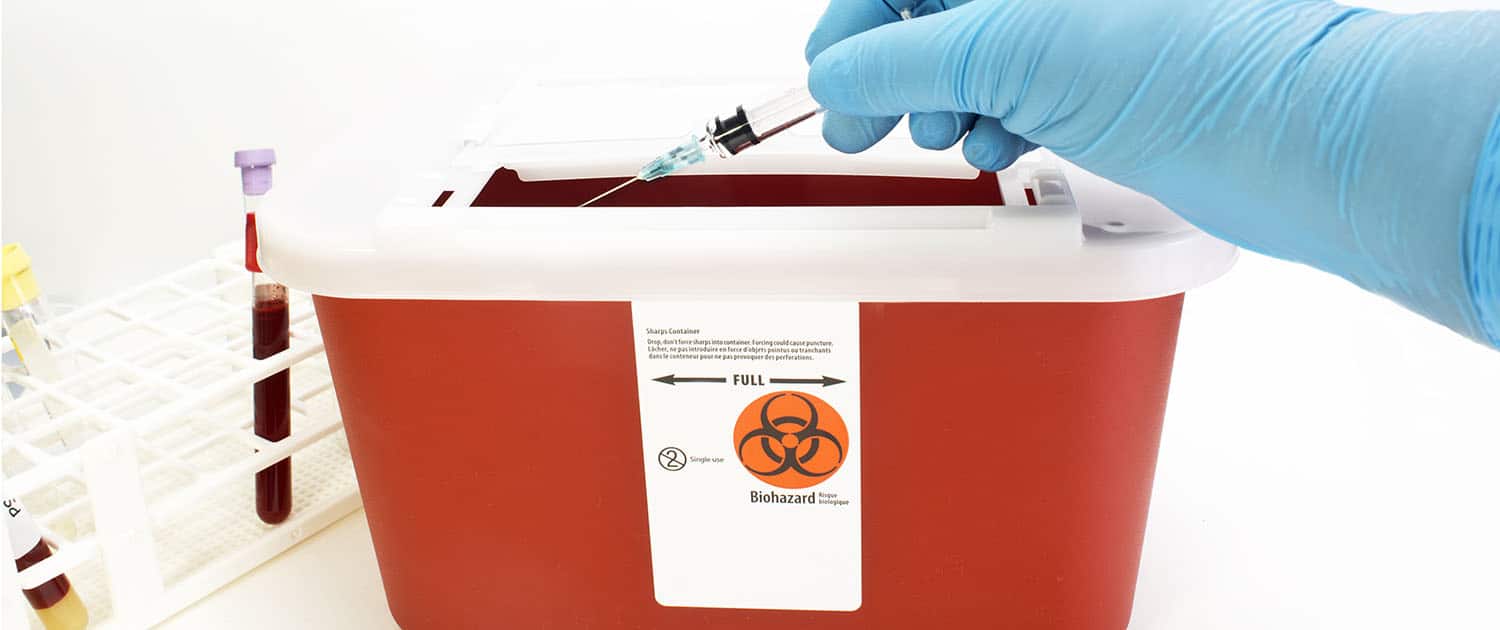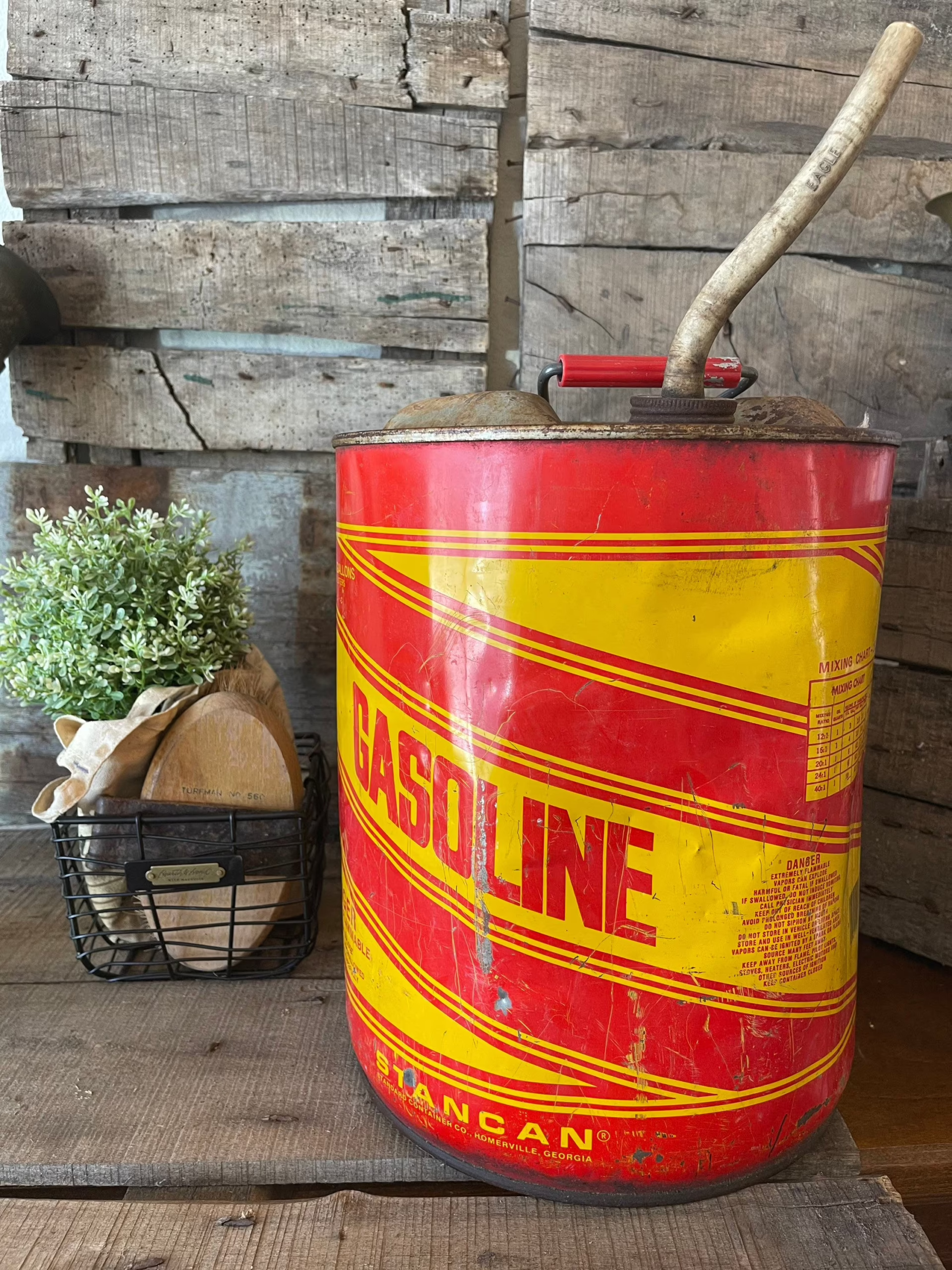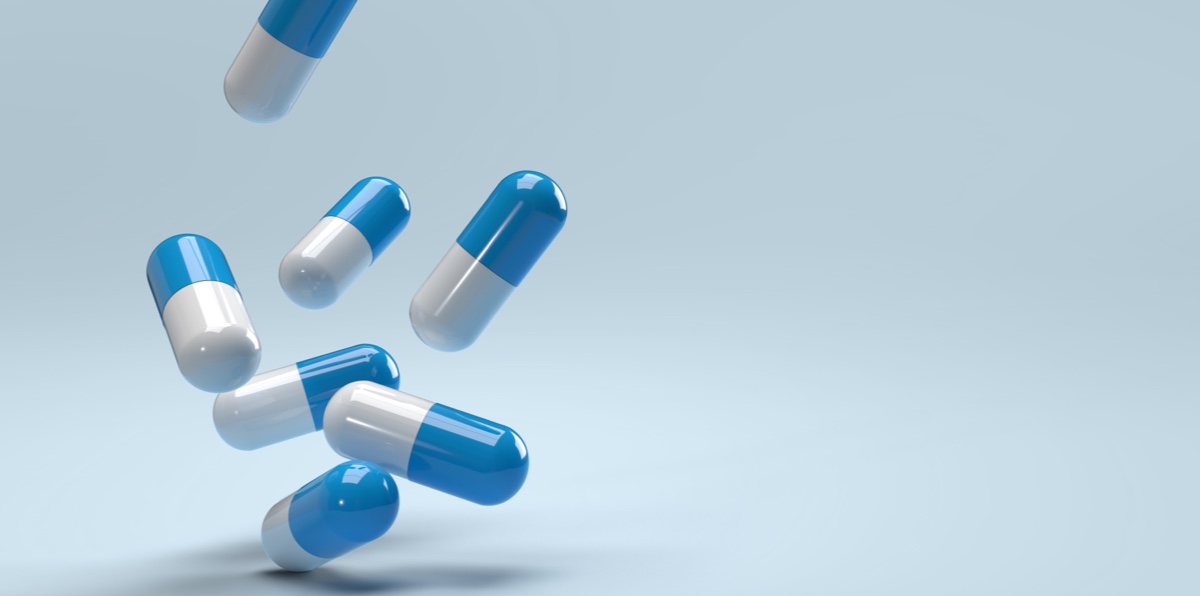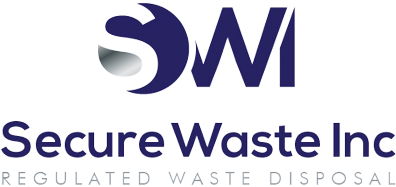Sharps Containers Are Made Of What? And How To Use Them Properly – Expert Solutions From Secure Waste
Sharps disposal containers are expertly crafted to promote safety and prevent injuries for everyone involved. They are constructed from durable, puncture-resistant materials—robust plastic or metal—and feature leak-resistant sides and bottoms.
Their secure, tightly-fitting lids have been designed with a special opening that allows for the hassle-free disposal of sharp items while minimizing any risk of hand entry. The term “sharps” encompasses objects with pointed or sharp edges, such as needles, syringes, lancets, and auto-injectors. It’s also great to know that these containers are regulated by the FDA as Class II devices, ensuring they adhere to stringent safety standards!
Taking a closer look at one fantastic option, the Dynarex Sharps Container is crafted from puncture-resistant thermoplastic, effectively helping to prevent needlestick injuries while ensuring sharp needles remain securely contained.
The translucent white lid is a thoughtful feature that allows users to easily monitor the container’s contents, helping to avoid the danger of overfilling. This visibility is essential to ensure safety, especially since overfilling can pose risks depending on the disposed materials. Sharps Disposal For Dental Office “Click Here”
These versatile containers are perfect for disposing of various types of medical waste, such as needles, syringes, lancets, and auto-injecting pens. They are widely used in EMS, hospitals, and nursing homes and can even be safely disposed of in your own home!
Convenient disposal is a key feature of each biohazard container, designed with a generous opening that accommodates needles and syringes horizontally, maximizing the container’s volume. Plus, the innovative locking mechanism ensures safety, automatically closing the opening once needles have been deposited. You can even permanently lock the container by pressing the right and left corners of the lid until you hear a satisfying snap. Review Secure Waste Sharps “Here”
When managing your sharps disposal container, it has a helpful indicator line to show when it’s about three-quarters full. At that point, it’s time to thoughtfully follow the guidelines provided by the manufacturer to seal it properly. Always be mindful of your healthcare facility’s policies, instructions from your medical waste disposal vendor, and local regulations. Prioritizing safety is essential—never open, empty, or attempt to clean full containers, as doing so helps keep everyone secure and sound. Together, we can foster a healthier environment for all!
Need A Sharps Disposal Company? Review Secure Waste Sharps Management “Here”
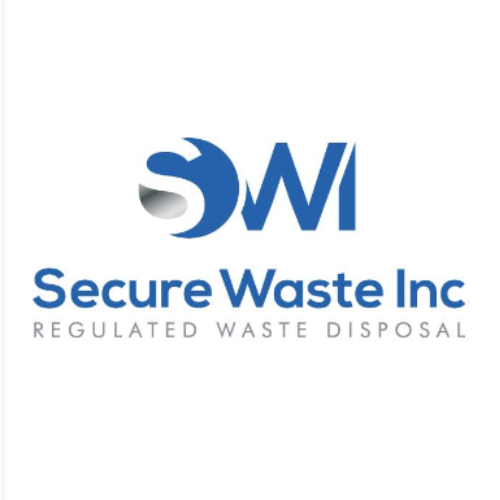
Expert Medical Waste Management: With over 25 years of industry experience, Secure Waste is a trusted local leader in hazardous and biohazardous waste disposal across Maryland, Virginia, and Washington, D.C. Specializing in medical waste management, sharps needle disposal, and biohazard waste removal, the company ensures full compliance with federal, state, and local regulations while prioritizing environmental sustainability.
The company also offers additional services, including secure document shredding and sharps container sales, providing comprehensive solutions for healthcare facilities and businesses. Our cost-effective services help clients maintain regulatory compliance without unexpected costs.
With a commitment to customer satisfaction, Secure Waste offers tailored waste management plans that align with industry best practices. Their team of experts provides reliable, timely, and compliant services, making them the preferred choice for medical waste disposal. For a free waste quote or more information, visit www.securewaste.net
